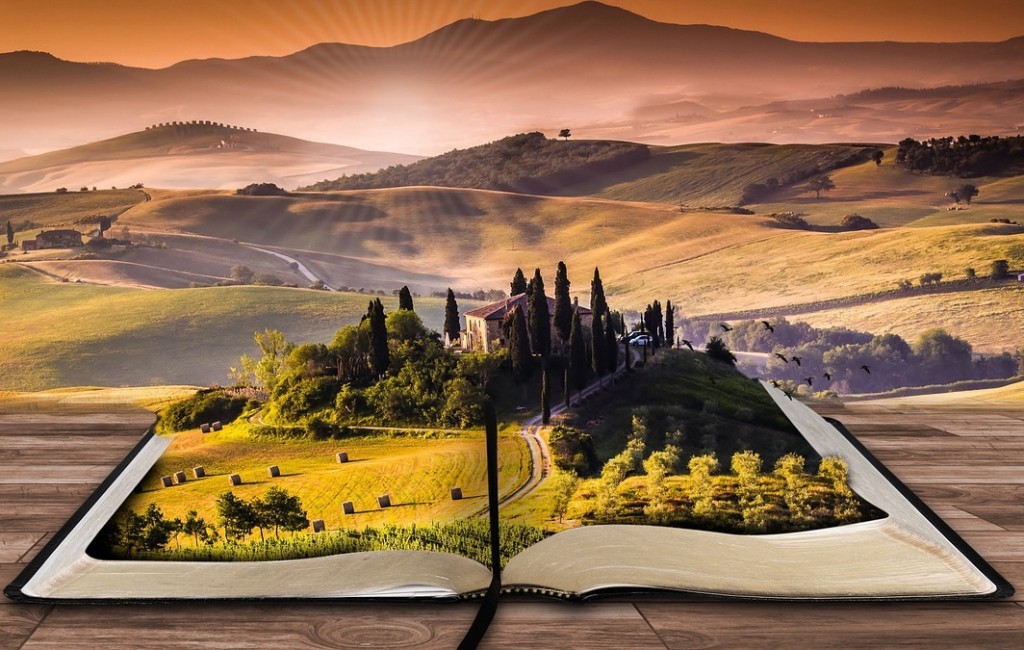You, as the writer you are, the first imaginer, or the first-tier imaginer. You put together the story, the characters, the moments from your own imagination and that makes you the first-tier imaginer. But there comes a point in a really good story when the story itself takes over and begins to lead the process. The story is then the second-tier imaginer by telling you what it needs to keep itself going along.
For me that’s when discovery really occurs. It’s not coming out of my imagination strictly, but in collaboration with what the story is telling me, based on what it needs. And for me this is not merely a technical process. In other words I’m not looking for a transition or turnabout or to create surprise. What happens next arises out of the character in the moment interacting with him or herself and with others. When I’m surprised the surprise is real and not fabricated and the reader will feel that authenticity in the same way I do. Granted the readers are not expected to invent surprising turns, but the reader has to be able to imagine the turn and go along with it emotionally. It is in that way that the reader is an inventor because the reader will imagine far more detail than I ever could. And detail that will be moving to the reader, because the reader is bringing his or her life to the text, and his or her point of view to the text, and will see facets and colors that I couldn’t because my life is limited to my life. As a writer my success is putting something together that will allow the reader to imagine. We become collaborators in the process. Without which no piece of writing can succeed. I am thrilled when my reader tells me something about the story I didn’t see. In my opinion that’s what gives the story universality and emotional connection. I never see myself as more than the first-tier imaginer looking for my collaborators to complete the process.
And so I wonder, how do you relate to your readers? What is see your relationship with them?
